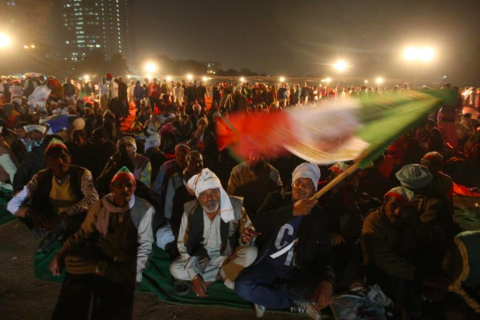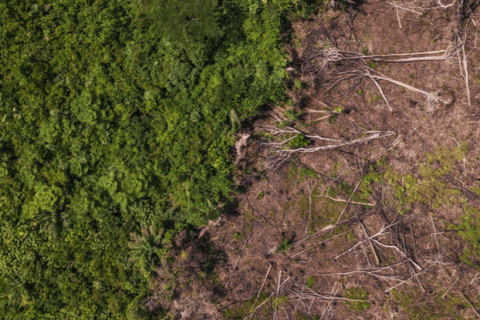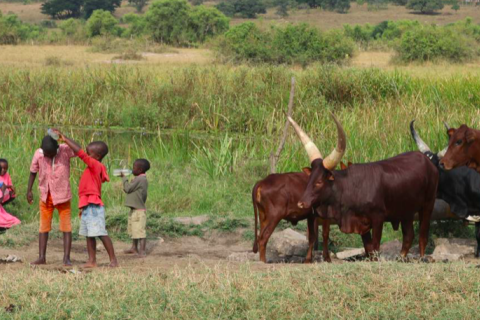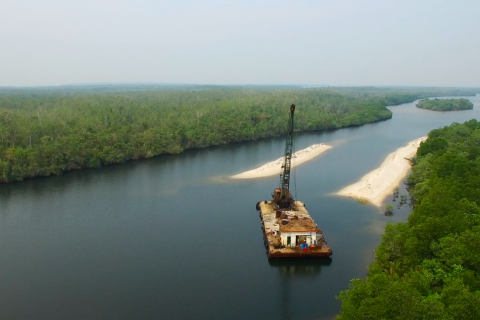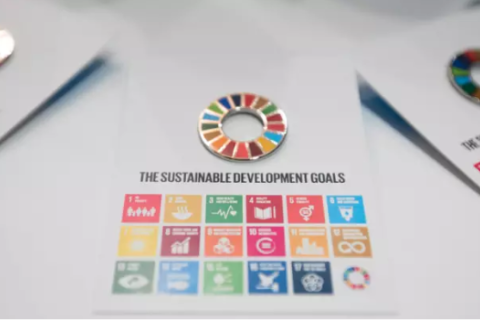The first Environmental Impact Assessment (EIA) portal in Cambodia
Cambodia aims to fasten its economic growth while fully committing to sustainable development. To avoid adverse impacts from the development and promote long term benefits to economic, social and environmental change, the practice of Environmental Impact Assessment (EIA) shall be enforced. And since EIA has become an essential feature of sustainable development for improving well-being and equity from the development, the public must fully participate in policy debates and seek legal redress and claim what they dese




